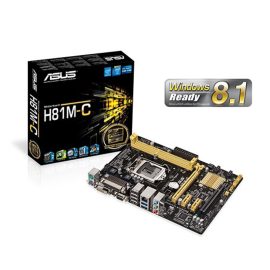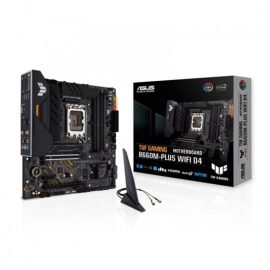- Your cart is empty
- Continue Shopping

The battery is a crucial part of your laptop and possibly tricky and expensive to replace. So, it is only reasonable that you do all you can to keep it in great shape. But how do you do this? We are about to find the answers to this question together.

More about your laptop battery Lithium-ion is used to make most laptop batteries of today, hence the name Li-Ion battery. It is the same technology that powers the battery found in other mobile devices as well.We have moved on from the archaic Nickel-Metal Hydride (NiMH) batteries and their charging issues. A Li-Ion battery should serve its purpose for two to three years, delivering between 300 and 500 discharge-recharge cycles. But this depends on factors, like charging habits, the power level, and environmental factors.Note that manufacturers do not build the battery in a laptop or other mobile devices to last forever. Taking the right precautions will only improve longevity; it will never stop it from wearing.What are the 'right precautions' to improve your battery life? Let's start with the charging habits, i.e., how you charge and discharge your device's battery. The charging habits in NiMH do not apply to Li-Ion cells since the charge memory of each work differently. Most people do not understand this - the reason why the "laptop charging myths" are still prevalent
Research has shown that Li-Ion batteries that come with today’s modern laptops and mobile devices stop charging once they get to 100%. Hence, keeping them plugged after that does not affect the lifespan of the battery.
“Many laptop users believe that it is not right to keep their device plugged all the time.”
Laptop charging myths
Many laptop users believe that it is not right to keep their device plugged all the time. This first myth is NOT TRUE.
Research has shown that Li-Ion batteries that come with today’s modern laptops and mobile devices stop charging once they get to 100%. Hence, keeping them plugged after that does not affect the lifespan of the battery.
Some users also believe that the right way to charge a laptop battery is to discharge it completely before recharging – the second laptop charging myth. Again, this is false. The right way to charge a lithium-ion battery, according to consensus, is to allow your battery discharge significantly – say to about 20% – before charging it.
Other best practices to extend your laptop battery lifespan
Away from charging habits, there are other vital to-dos – as listed below – to ensure that your laptop’s battery life stays at its best.
- Do not subject your batteries to very hot or very cold environments or situations.
- Always use the right laptop charger – the wrong charger will damage your battery. To avoid this, take a look at our Guide To Buying The Correct Charger For A Laptop.
- Avoid leaving your battery uncharged and unused for long periods – not regularly exercising the battery in your devices will adversely affect its performance and lifespan.
- Activate the power management applications on your laptops (if any) to enjoy inbuilt battery maintenance features.
- Update your operating system to make your computer run smoother. A machine that runs smoother requires less battery power. Which ultimately extends your battery’s lifespan.
Doing all these will do a lot of good for the lithium-ion battery in your laptop and other mobile devices.
If you have questions about what we have discussed in this article or other aspects of your device’s battery, feel free to reach out to our team of experienced technicians. We will be glad to help you out in every way possible.


